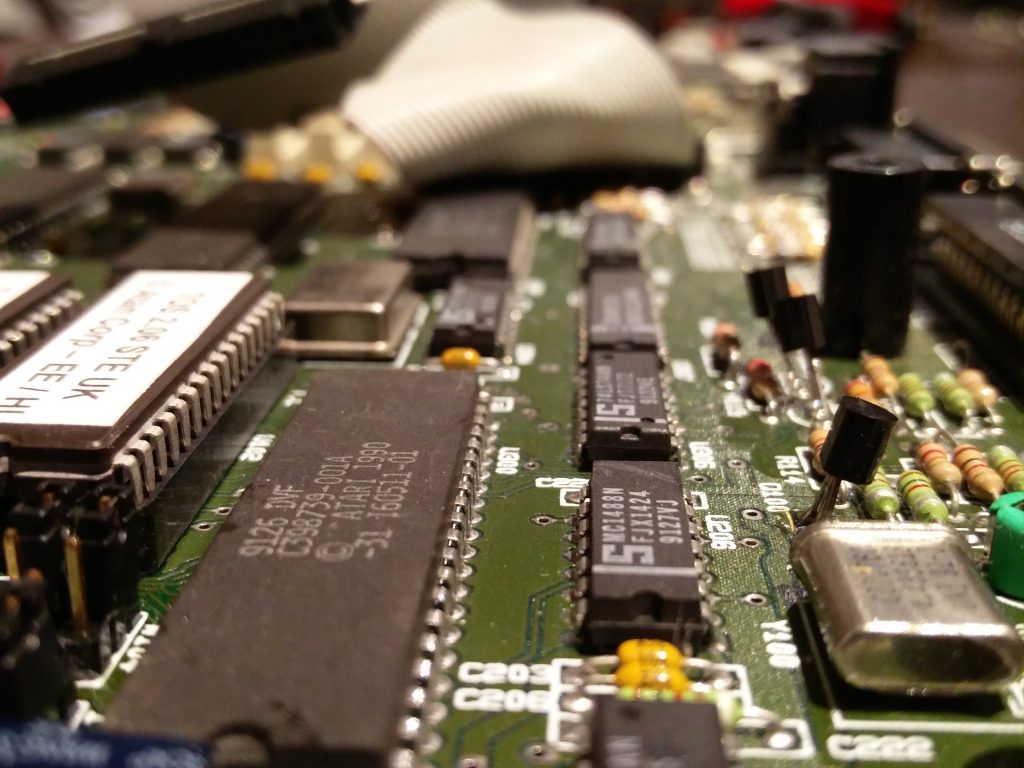Tiling window managers are cool but there are times when all you want is quick access to a terminal that you can toggle when needs be, so you can either do simple calculation, start jobs, open files or satisfy your weird Unix fetish through convoluted piping to dubious file descriptors, all that from the comfort of your own cozy shell interpreter.
Well if that applies to you i3 user then search no more because I may have got just what you need!
I’ve written a drop-down quake-like terminal for i3, i3-QuakeTerm, inspired by a similar drop-down terminal I did for AwesomeWM and i3-quickterm another similar terminal for i3. The later did not work for me because of a bug in i3ipc-python that was just fixed recently. So I implemented my own version as a workaround.
There are some notable differences however. First everything can be done from the command line, so there is no need for any configuration file. But it is still possible to register multiple drop-down terminal types by providing a different name to each one of them.
It also uses WM_CLASS instance attribute instead of i3’s mark to identify the terminal. As a result you can access the terminal window and control it early from i3’s configuration. Finally the terminal is created with a fork instead of in-place starting. That means that you can use any kind of graphical command as the terminal, even if it doesn’t start any shell or command itself, as long as you can use or modify its name as an unique identifier.
More info on the github page.






